
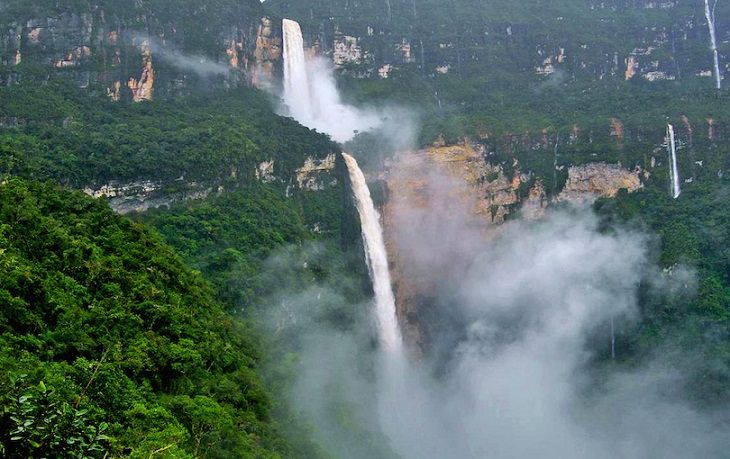
This waterfall, near the Peruvian city of Chachapoyas, is one of the tallest waterfalls in Peru. It remained unknown to all but those who lived beneath it until the German engineer, Stefan Ziemendorff, stumbled upon it while on the hunt for pre-Incan ruins. Nowadays, this two-tiered cataract has become a very popular tourist attraction, thanks to major development in the area by the Peruvian government. There are trails which make the waterfall easy to access by foot or horseback, and every room in the small hotel nearby offers splendid views of the magnificent cataract.
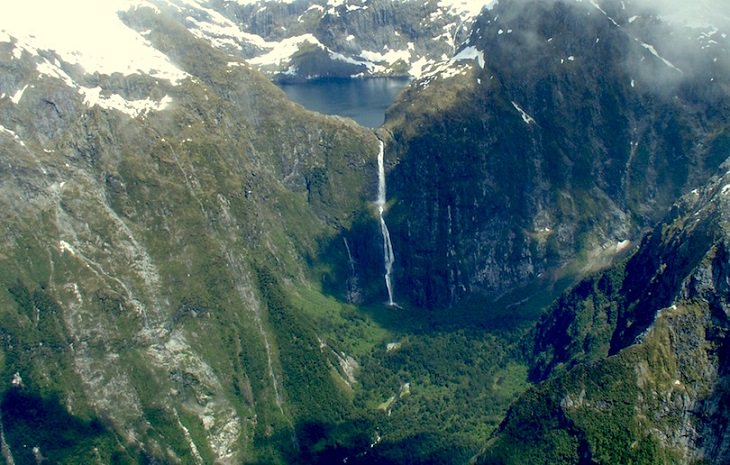
Sutherland Falls is located near the stunning fjord of Milford Sound in New Zealand. This lake-fed waterfall, one of New Zealand’s most popular tourist destinations, descends in three cascades into a glacial lake below. While it is possible to see these remote falls by air, those who take the time to hike the well-known Milford Track are rewarded with the best views.
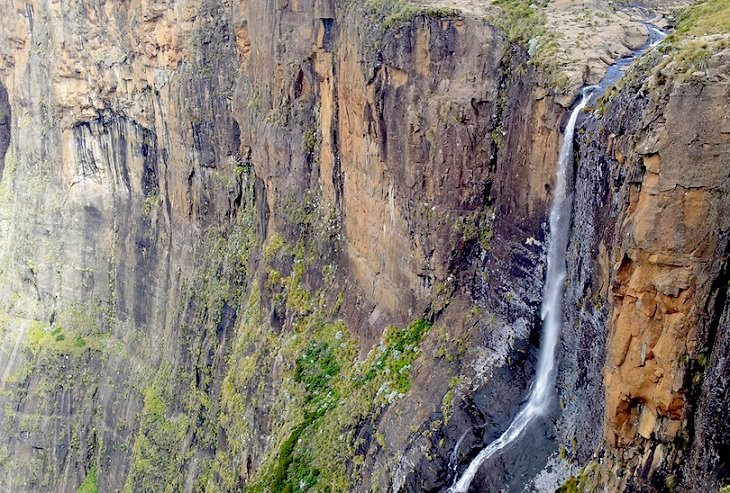
The Drakensberg Mountains in South Africa’s Royal National Park is home to five connected waterfalls that collectively make up Tugela Falls, one of the world’s tallest waterfalls. The water descends in leaping falls over an imposing wall of rock which is known as the Amphitheatre – a popular tourist attraction in its own right. If you want to take a look at the stunning views from the top of the falls, a grueling six-hour trek awaits. For the less adventurous, a less challenging trail takes visitors to the foot of the falls.
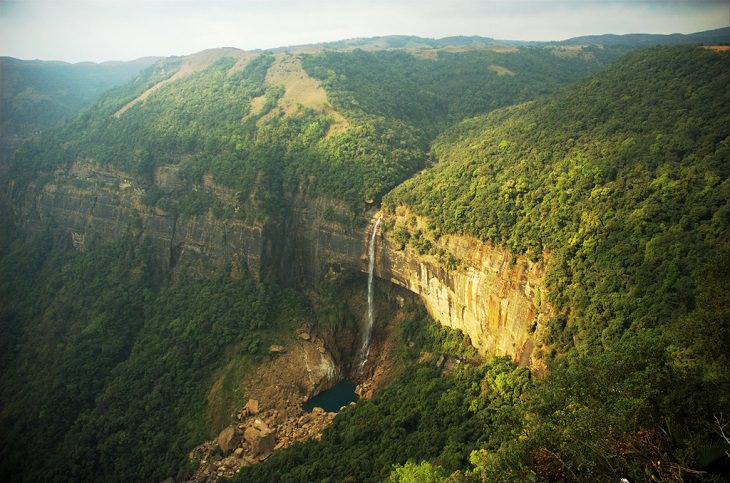
Situated close to the Indian town of Cherrapunji, one of the wettest places on the planet, is Nohkalikai Falls. It is categorized as a plunge waterfall, which means that the water does not make contact with the rocks as it pours over a cliff on the edge of the Himalayas. The tallest of its kind in India, this waterfall is fed by rainwater collected in the plateau above. Therefore, its volume changes dramatically according to the time of the year. During the dry season, the water spills tranquilly into a turquoise-green pool. During the monsoon, the water crashes down in a tumult of white spray.
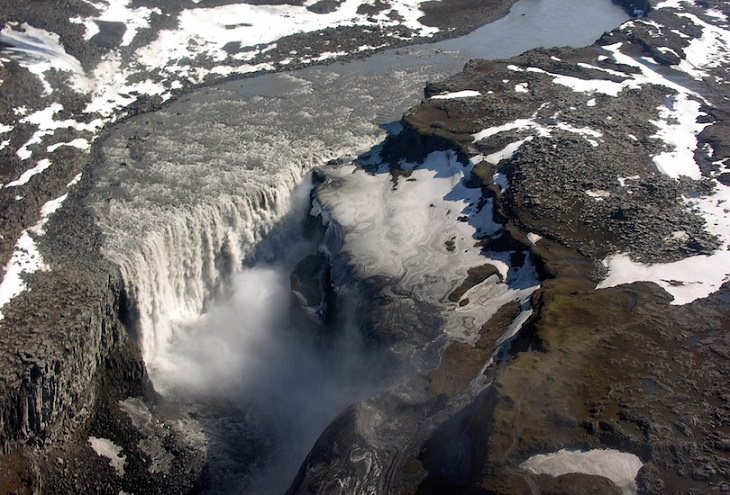
Rated as one of Europe’s most powerful waterfalls, Dettifoss is well-known for the volume of water that shoots out over its edge all year round. It is located in the Vatanjökull National Park in Northeast Iceland, and can be viewed on either side of the River Jökulsá á Fjöllum – the river that feeds the falls. The east bank of the river is the best place to view the falls, but the slippery paths can get very crowded during the tourist season.
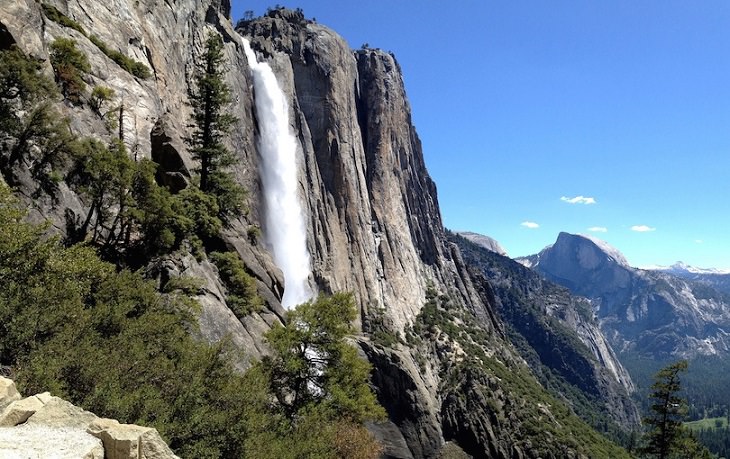
Yosemite Falls, the tallest waterfall in the United States, pours down the cliff side in three cascades and provides stunning views of multiple locations in Yosemite Park, California. However, some of these views require a challenging all-day hike to get to. The falls vary in water flow throughout the year and can sometimes disappear completely after a period of intense drought. The best time to visit this majestic waterfall is in the spring just after the winter thaw.

The series of falls that link together the 16 lakes of the Plitvice Lakes National Park are what makes this spectacular landscape one of the most popular attractions in Croatia. Situated among forested hills, the small streams, lakes and waterfalls make for an appealing landscape which just invites exploration. There are a series of plank walks, bridges and platforms that make it easy to wander the park by foot.
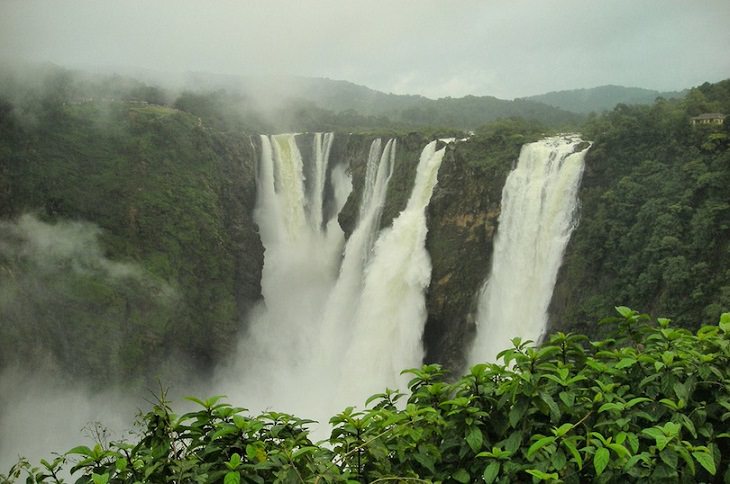
At 253 meters high, Jog Falls is the tallest waterfall in India. In the dry season, this waterfall is almost unrecognizable as there are only two thin streams trickling down the cliff face. However, during the monsoon season, the waterfall springs to life and exceeds even Kaieteur Falls (Guyana) in terms of volume and height.
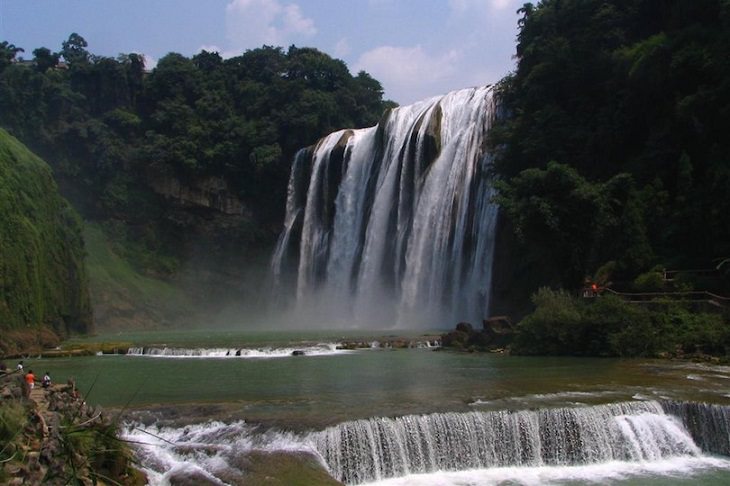

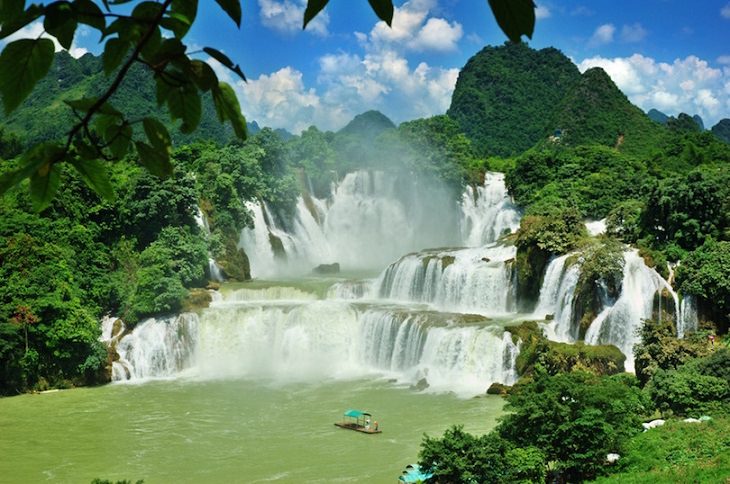
The Detian Falls are located on the border between Vietnam and China. It is actually the fourth largest cross-border waterfall in the world after Niagara, Victoria and Iguazu. Due to conflicts between the two countries, the area has not long been open to tourism.
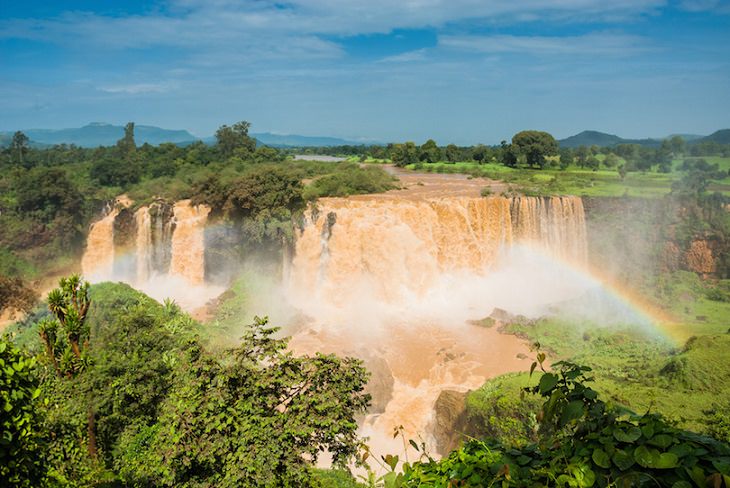
Known locally as Tis Issat (“smoking water”), these falls are located on the Blue Nile river in northern Ethiopia. Although a considerable volume of its water is now being diverted to power a dam, it is still a majestic site and one of the country’s best known attractions.
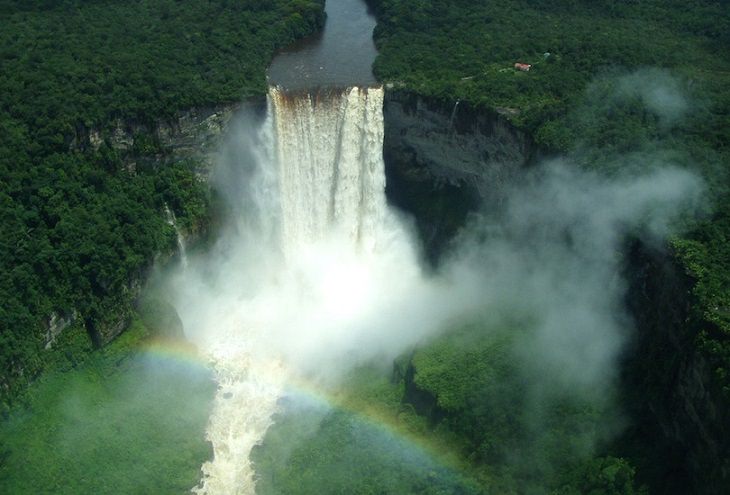
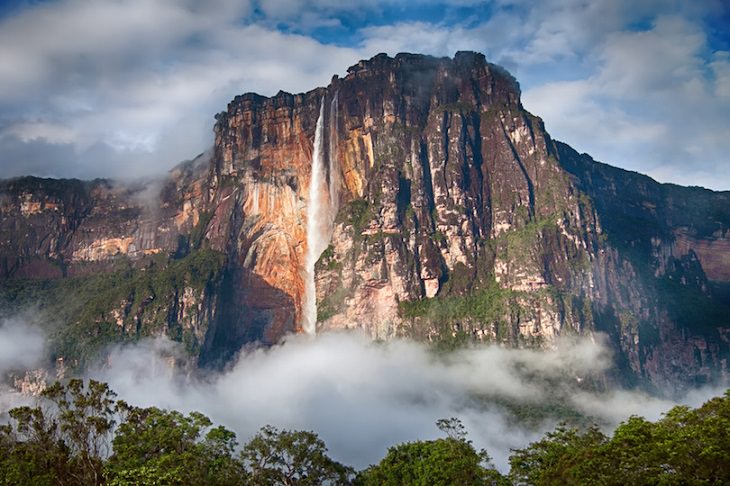
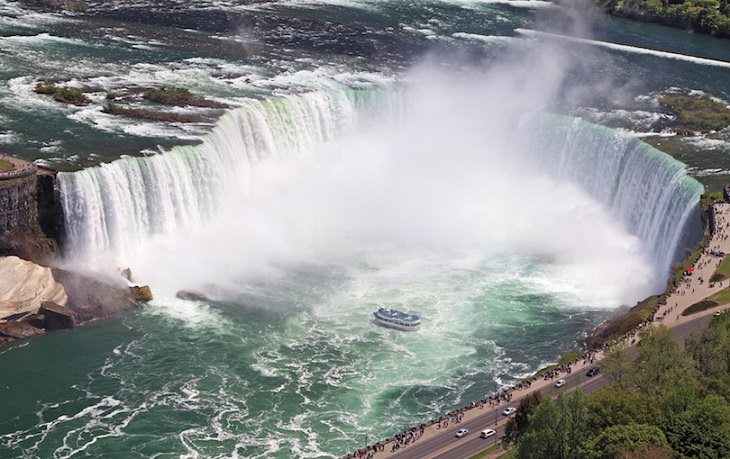
Niagara Falls, located between the twin cities of Niagara Falls, Ontario, and Niagara Falls, New York, is undoubtedly one of the most famous waterfalls in the world. Niagara Falls is actually three different waterfalls, the American Falls, Bridal Veil Falls and Horseshoe Falls. The latter is located on the Canadian side while the other two are in New York. It has over 14 million visitors a year which makes it one of the most visited tourist attractions in the world.

The Victoria Falls are located on the border between Zambia and Zimbabwe. It is often cited as the world’s largest waterfall, although it is neither the highest or the widest. It has a width of 1.7 kilometers and a height of 108 meters (around twice the height of Niagara Falls). In combined height and width, Victoria Falls is rivaled only by South America’s Iguazu Falls.
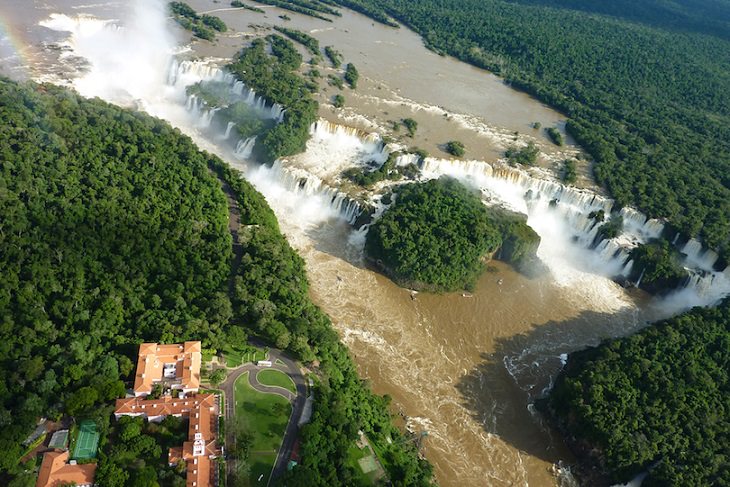
This waterfall, situated along the border of Argentina and Brazil, is one of the great natural wonders of the world. The waterfall system is made up of 275 falls along the Iguazu river. Most of the falls are around 64 meters in height. The most impressive fall is the Devil’s Throat – an 82 meter high, 150 meter wide and 700 meter long waterfall.
Source: touropia